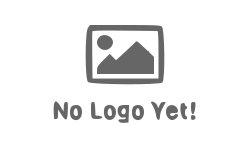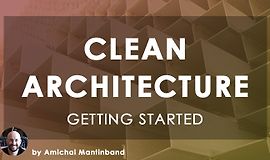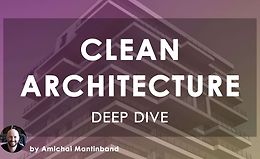Урок 1.00:01:05
Welcome
Урок 2.00:01:38
What will you learn in this course?
Урок 3.00:01:50
Who is the course for and prerequisites
Урок 4.00:01:43
What is Software Architecture?
Урок 5.00:01:02
What are Architectural Patterns?
Урок 6.00:04:43
Layered Architecture
Урок 7.00:01:36
Domain-Centric Architecture
Урок 8.00:03:29
What is Clean Architecture?
Урок 9.00:01:15
Section Recap
Урок 10.00:04:30
The Domain We'll Explore in this Course
Урок 11.00:02:23
The Project We Will Build & How this Course is Built
Урок 12.00:03:10
Project Setup Following Clean Architecture
Урок 13.00:02:02
Sending Requests Using .http Files
Урок 14.00:00:44
Section Recap
Урок 15.00:02:51
Presentation Layer Overview
Урок 16.00:05:16
Implementing Presentation Layer Contracts
Урок 17.00:01:51
Implementing Controllers in the Presentation Layer
Урок 18.00:01:10
Presentation Layer Frameworks in .NET
Урок 19.00:00:54
Section Recap
Урок 20.00:02:58
Application Layer Overview
Урок 21.00:04:45
Implementing Services in our Application Layer
Урок 22.00:07:37
Clean Architecture and Dependency Injection
Урок 23.00:00:35
Section Recap
Урок 24.00:03:49
What is the CQRS Pattern?
Урок 25.00:00:32
Implementing the CQRS Pattern
Урок 26.00:01:42
What is the Mediator Pattern?
Урок 27.00:07:48
Implementing the Mediator Pattern Using the MediatR NuGet Package
Урок 28.00:02:44
Splitting by Feature vs. Splitting by Type
Урок 29.00:00:55
Section Recap
Урок 30.00:02:09
What is the Result Pattern?
Урок 31.00:04:10
Implementing the Result Pattern
Урок 32.00:00:37
Section Recap
Урок 33.00:03:53
What is the Repository Pattern?
Урок 34.00:03:47
Implementing the Repository Pattern in the Application Layer
Урок 35.00:02:14
What is the Unit of Work Pattern?
Урок 36.00:01:57
Implementing the Unit of Work pattern in the Application Layer
Урок 37.00:00:47
Section Recap
Урок 38.00:01:33
Infrastructure Layer Overview
Урок 39.00:04:46
Implementing the Repository Pattern in the Infrastructure Layer
Урок 40.00:05:53
Implementing the Repository Pattern Using EF Core in the Infrastructure Layer
Урок 41.00:02:32
Implementing the Unit of Work Pattern in the Infrastructure Layer
Урок 42.00:03:48
EF Core and the Repository Pattern
Урок 43.00:00:39
Section Recap
Урок 44.00:01:51
Domain-Driven Design vs. Clean Architecture
Урок 45.00:02:16
What is Domain-Driven Design?
Урок 46.00:00:39
Domain Models
Урок 47.00:03:24
Rich vs. Anemic Domain Models
Урок 48.00:01:50
Always Valid Domain Models
Урок 49.00:01:35
Persistence Ignorance
Урок 50.00:01:41
Section Recap
Урок 51.00:03:19
Domain Layer Overview
Урок 52.00:02:12
Implementing Strongly Typed Enums
Урок 53.00:05:59
Implementing Domain Models
Урок 54.00:05:56
Implementing Domain Model EF Core Configurations
Урок 55.00:02:16
Final Project Overview
Урок 56.00:05:08
Final Project Code Walkthrough
Урок 57.00:01:11
Section Recap
Урок 58.00:09:08
Domain Layer Errors vs. Application Layer Errors vs. Presentation Layer Errors
Урок 59.00:06:18
Error Handling Approaches in Clean Architecture
Урок 60.00:04:23
Implementing Domain Layer Errors
Урок 61.00:03:02
Implementing Application Layer Errors
Урок 62.00:10:55
Converting Domain and Application Layer Errors to Presentation Errors
Урок 63.00:01:50
Section Recap
Урок 64.00:00:44
Conclusion


































































































































































